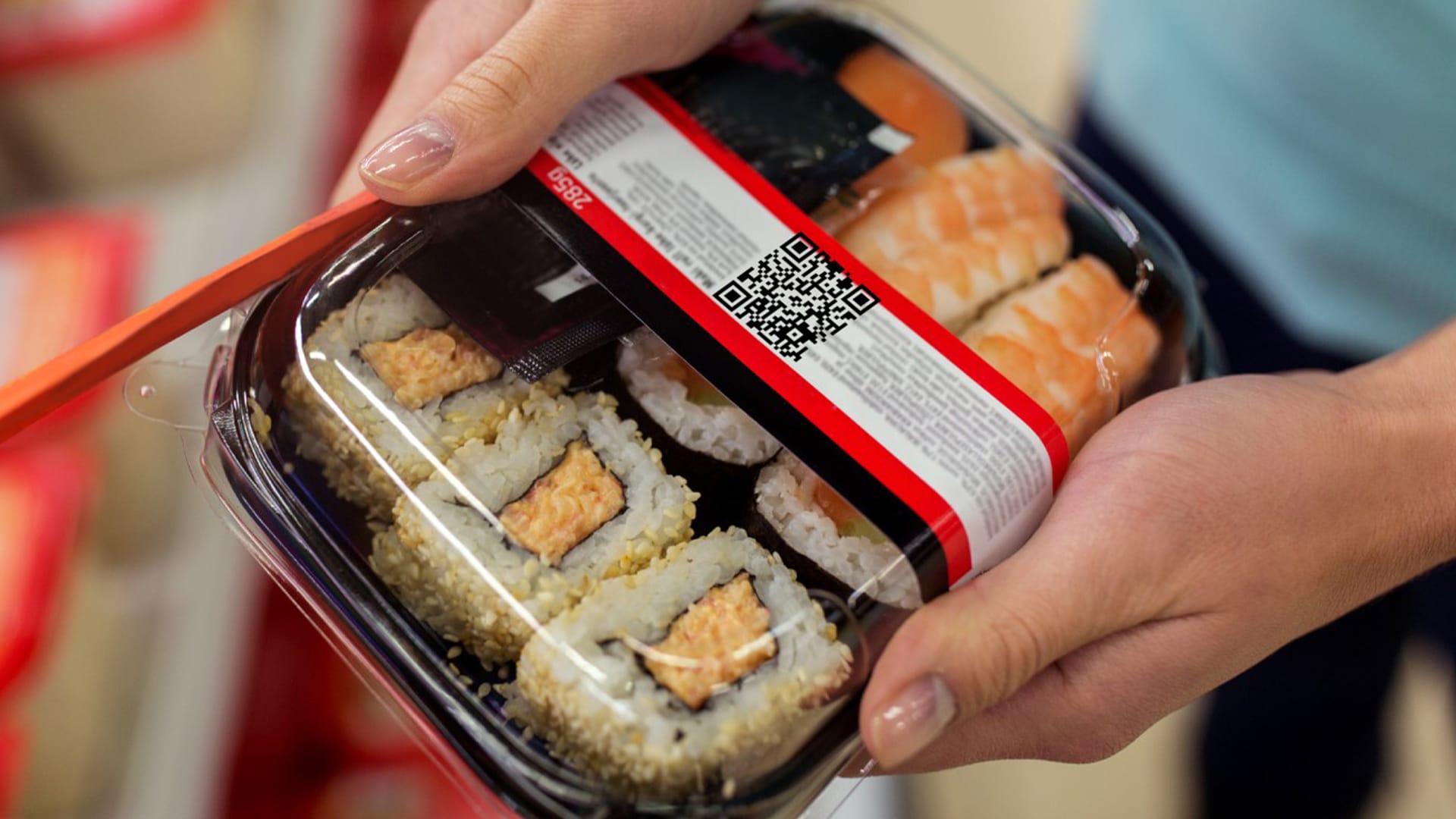QR code marking: how it influences food safety
At SIC Marking, we are committed to continuous innovation in industrial marking technologies to improve the quality and safety of products in various industries.
One area that has seen significant growth in the implementation of QR codes is food safety. food safety. The ability to trace and verify food information from source to point of sale is crucial to ensure consumer safety and comply with regulatory standards.
In this article, we explore how QR code marking is transforming food safety, new techniques in laser marking and relevant regulations.
Importance of QR code marking in food safety
The use of QR codes in the food industry has revolutionized the way traceability and product information is handled. QR provides an efficient and effective way to store and access detailed data on the origin, production and distribution of food. Here are some of the key benefits:
- Traceability and transparency
QR codes allow consumers and businesses to trace the origin of food, ensuring that every stage of the production and distribution process is documented and accessible. This not only improves transparency, but also makes it easier to quickly identify any problems in the supply chain.
- Real-time information
By scanning a QR code, consumers can access real-time information about the product, including details about ingredients, allergens, production date and expiration date. This capability is essential for consumer safety and to make informed decisions about what they buy and consume.
- Fight against food fraud
QR code marking helps combat food fraud by providing a secure and verifiable form of product authentication. This is especially important for high-value products or those that are frequently counterfeited.
New techniques in laser marking of QR codes
Advances in laser marking technology have enabled the creation of more accurate and durable QR codes. The following are some of the most innovative techniques in this field:
- Laser marking on metal containers
One outstanding technique is laser marking on metal packaging, as described in Sivart SL’s article on laser marking on food packaging. This method allows the creation of QR codes directly on the surface of the packaging, ensuring exceptional durability and strength. This type of marking is ideal for food products that require robust packaging and are exposed to varied environmental conditions.
- High resolution laser marking
The use of high-resolution lasers allows the creation of extremely accurate QR codes that are easy to scan and read, even on small or curved surfaces. This accuracy is crucial to ensure that the QR code is functional throughout the life of the product.
- Non-contact laser marking
Non-contact laser marking is a technique that avoids product wear and contamination, as the laser does not physically touch the surface of the package. This is especially important in the food industry, where hygiene and product integrity are paramount.
Relevant food safety regulations
The implementation of QR codes in the food industry is also driven by various international regulations and standards that seek to improve safety and transparency in the supply chain. Some of the most relevant regulations include:
- Regulation (EU) 1169/2011
This EU regulation sets out the rules on food information provided to consumers, including the obligation to provide clear and accurate information on the origin, ingredients and allergens present in food products. QR codes can help to meet these obligations efficiently.
- FDA Food Safety Modernization Act (FSMA)
In the United States, the FDA’s Food Safety Modernization Act (FSMA) imposes strict requirements on food traceability. The use of QR codes facilitates compliance with these requirements by enabling detailed tracking of products from farm to fork.
- ISO 22000
ISO 22000 sets out the requirements for a food safety management system. The use of QR codes can be an effective tool for implementing and maintaining a food safety management system in compliance with this standard, providing an efficient way to document and access critical product information.
Future impact and ongoing benefits
QR code marking using laser technology is playing a crucial role in improving food safety. From traceability and transparency to combating food fraud, QR codes provide a robust and effective solution for the food industry.
At SIC Marking, we continue to develop and refine our laser marking technologies to ensure that our customers in the food industry can comply with the most stringent regulations and offer safe, high quality products to their consumers.
If you would like to learn more about our laser marking solutions and how they can benefit your operation, please do not hesitate to contact us.. We are committed to helping you achieve new levels of security and innovation in your business.
